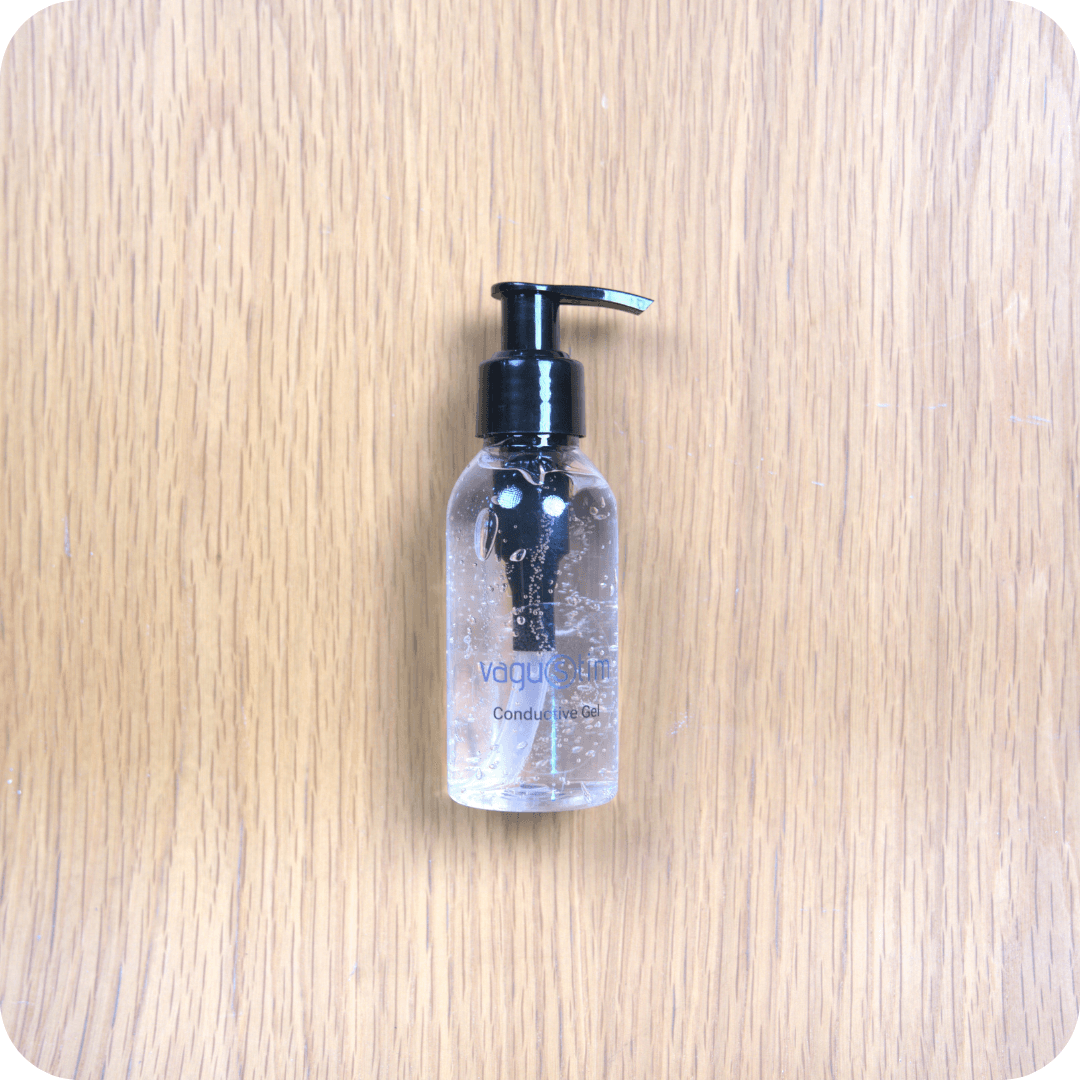Abstract
Objective
The group of diseases that include Crohn's disease and Ulcerative colitis, characterized by chronic inflammation in the gastrointestinal tract, is called inflammatory bowel disease. It still cannot be treated adequately with the treatment methods, including surgery. Our study aimed to investigate the effect of transcutaneous auricular vagal nerve stimulation (tVNS) on inflammation in colonic tissue and synaptic proteins in the enteric nervous system in rats with experimentally induced colitis.
Methods
In our study, 9 (total 36) male Sprague–Dawley albino (180–230 g) rats representing four groups were used. Groups: The Sham group was determined as the Sham+tVNS group, Colitis group, and Colitis+tVNS group. The Sham group was intracolonic injected with saline. The Colitis group was intracolonic injected with trinitrobenzene sulfonic acid (TNBS). TVNS was performed in animals for 30 min, 2 times daily for ten consecutive days. Enteric nervous system synapse structures were evaluated using the immunohistochemical method.
Results
As a result of the study, we can say that, in general, the number of Neuroligin-1 and Neurexin-2α positive cells and immunoreactivity percentages were significantly decreased in the TNBS-induced colitis groups compared to the sham groups, while they increased in the tVNS-applied groups. The results suggest that tVNS supports neuronal recovery while treating inflammation in the colon.
Conclusion
Our study is the first in the literature to show the effects of tVNS on ENS synapse formation. With the results we obtained, we can say that tVNS is effective in improving inflammation in the colon tissue and activates enteric neurogenesis by increasing the number and immunoreactivity of Neuroligin 1 and Neurexin 2 positive cells.




